Alert
Alerts
A cheval en Oisans - La Vallée de la Romanche


IGN cards
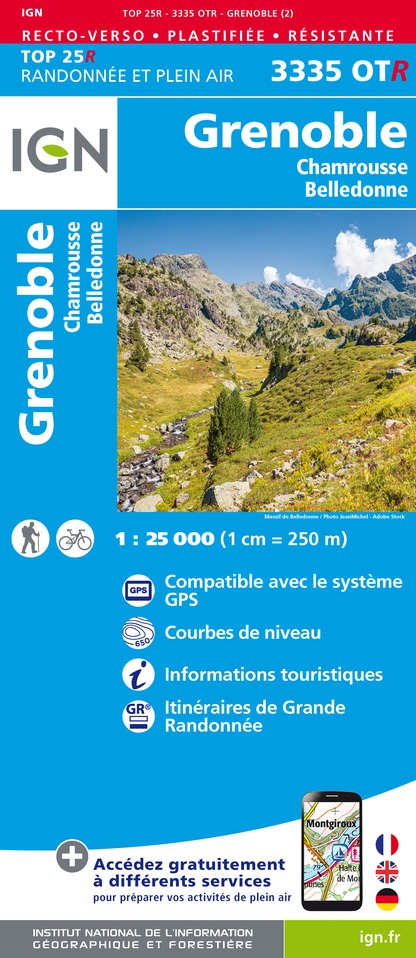

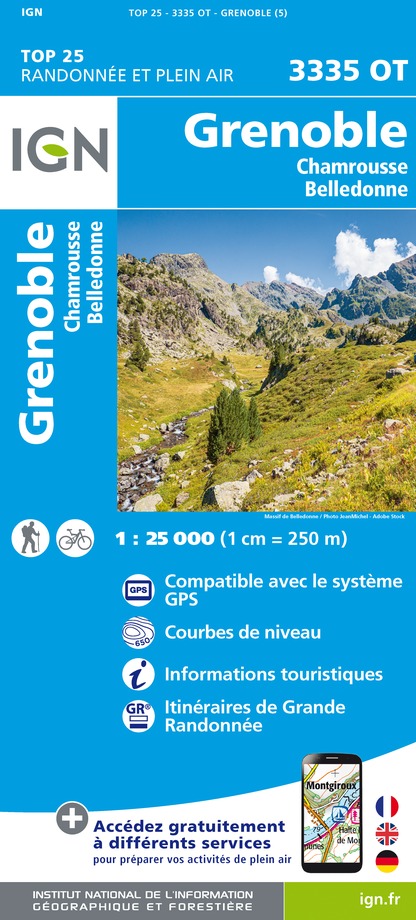
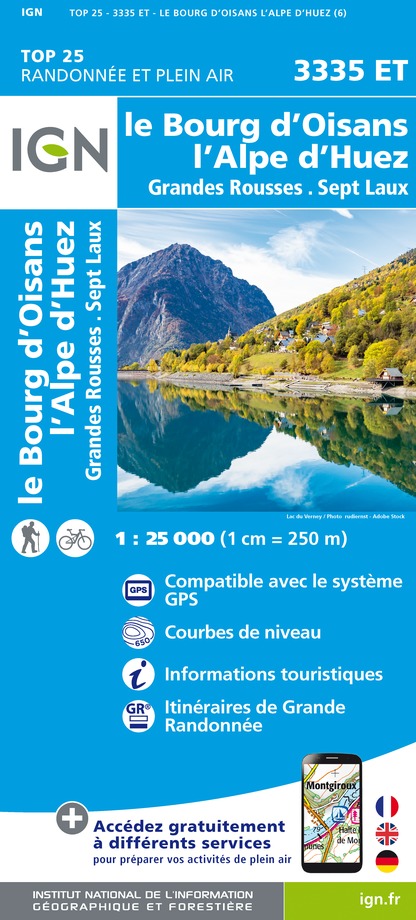

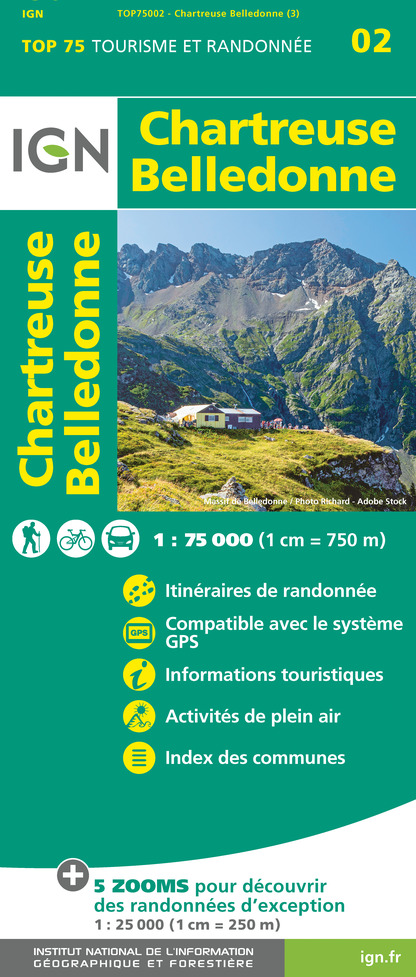
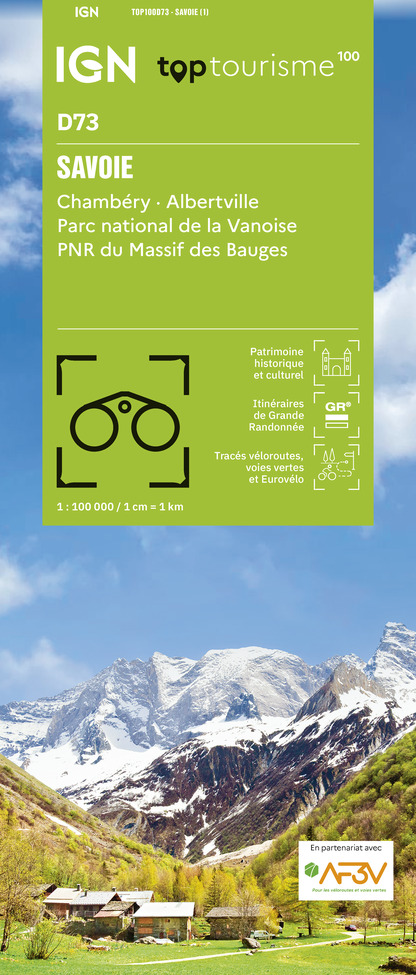

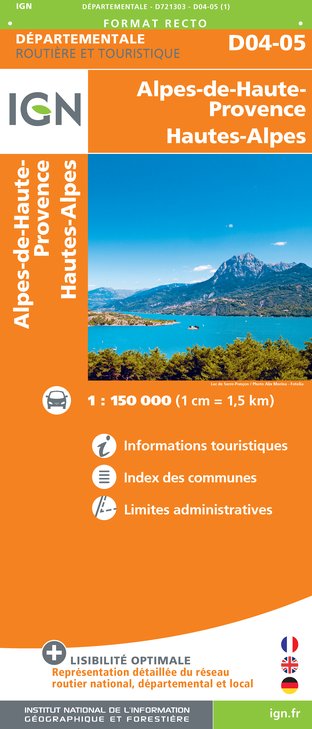

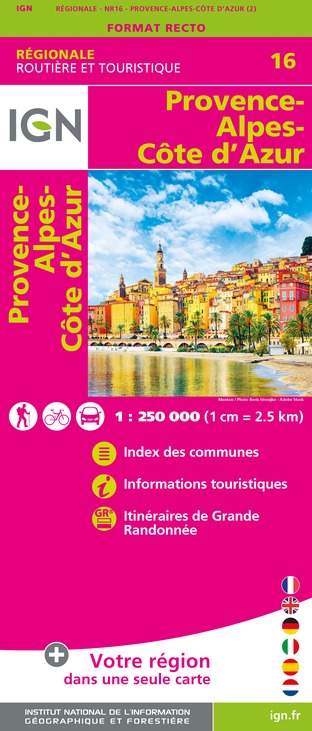

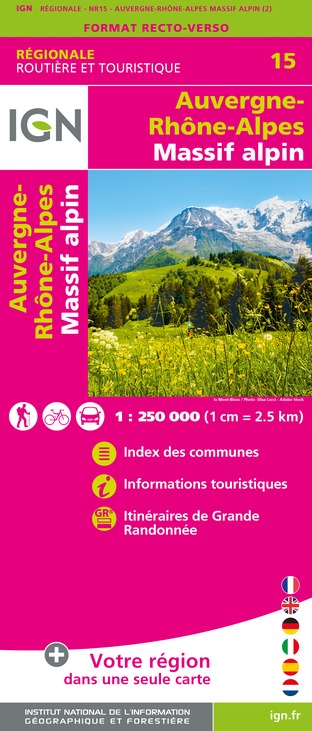

Description
Riding along the comfortable dykes from the Romanche to the Vénéon Valley, you can admire the surrounding peaks and the peaceful channels around Bourg d'Oisans. An easy and varied ride.
Starting at Bourg d'Oisans, ride towards Rochetaillée following tracks on the left-hand side of the valley. Come back along the dykes of the Romanche, before heading off towards Venosc on tracks and paths. This is the hilliest part of the ride. Return to Bourg d'Oisans via the same route.
Technical Information
Altimetric profile
Starting point
Additional information
Environments
Riverside
Mountain view
Close to a public transportation
Updated by
Oisans Tourisme - 23/09/2025
www.bike-oisans.com
Report a problem
Open period
From 01/05 to 31/10 : open daily.
Contact
Phone :
06 87 10 78 41
06 20 63 38 15
Data author
